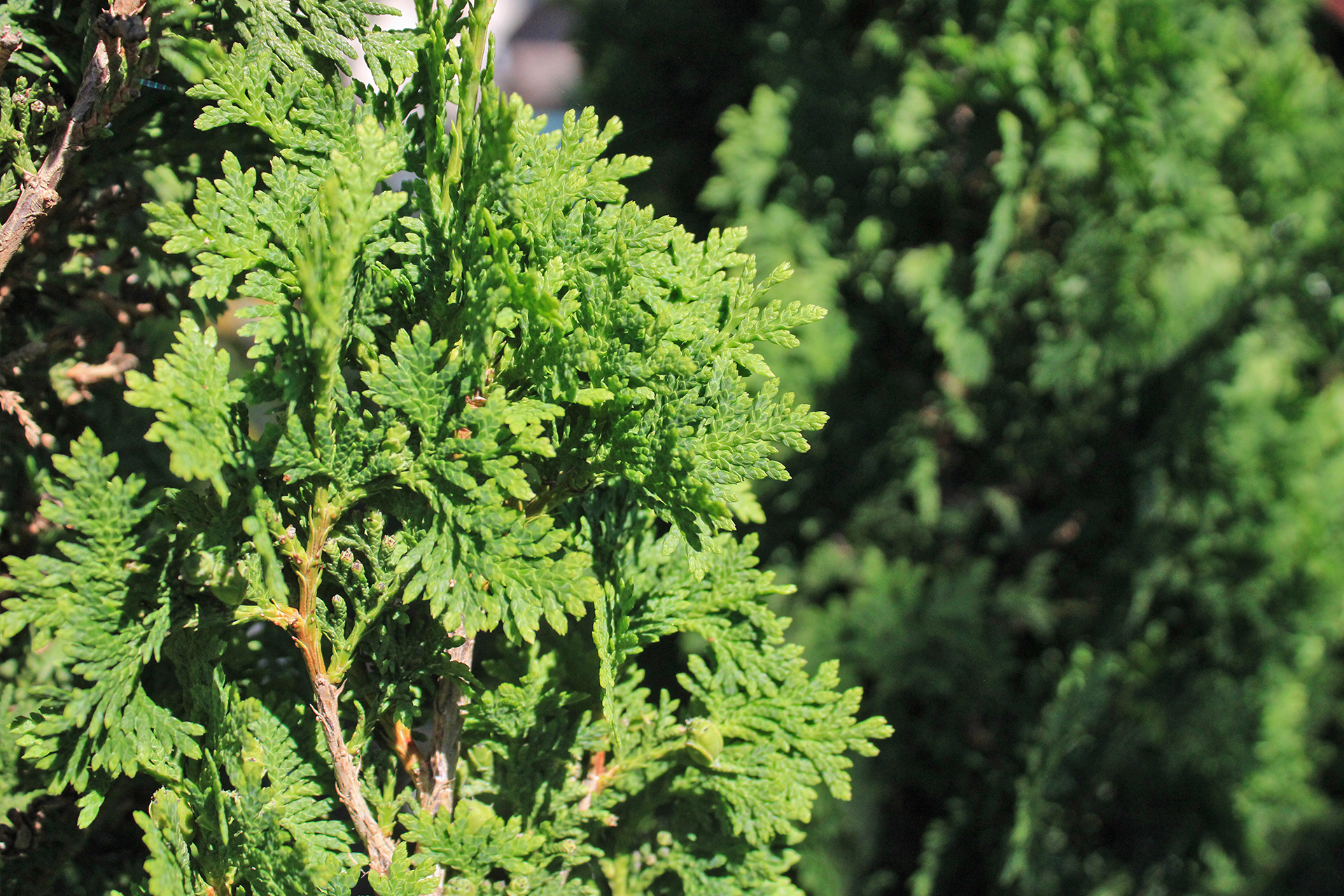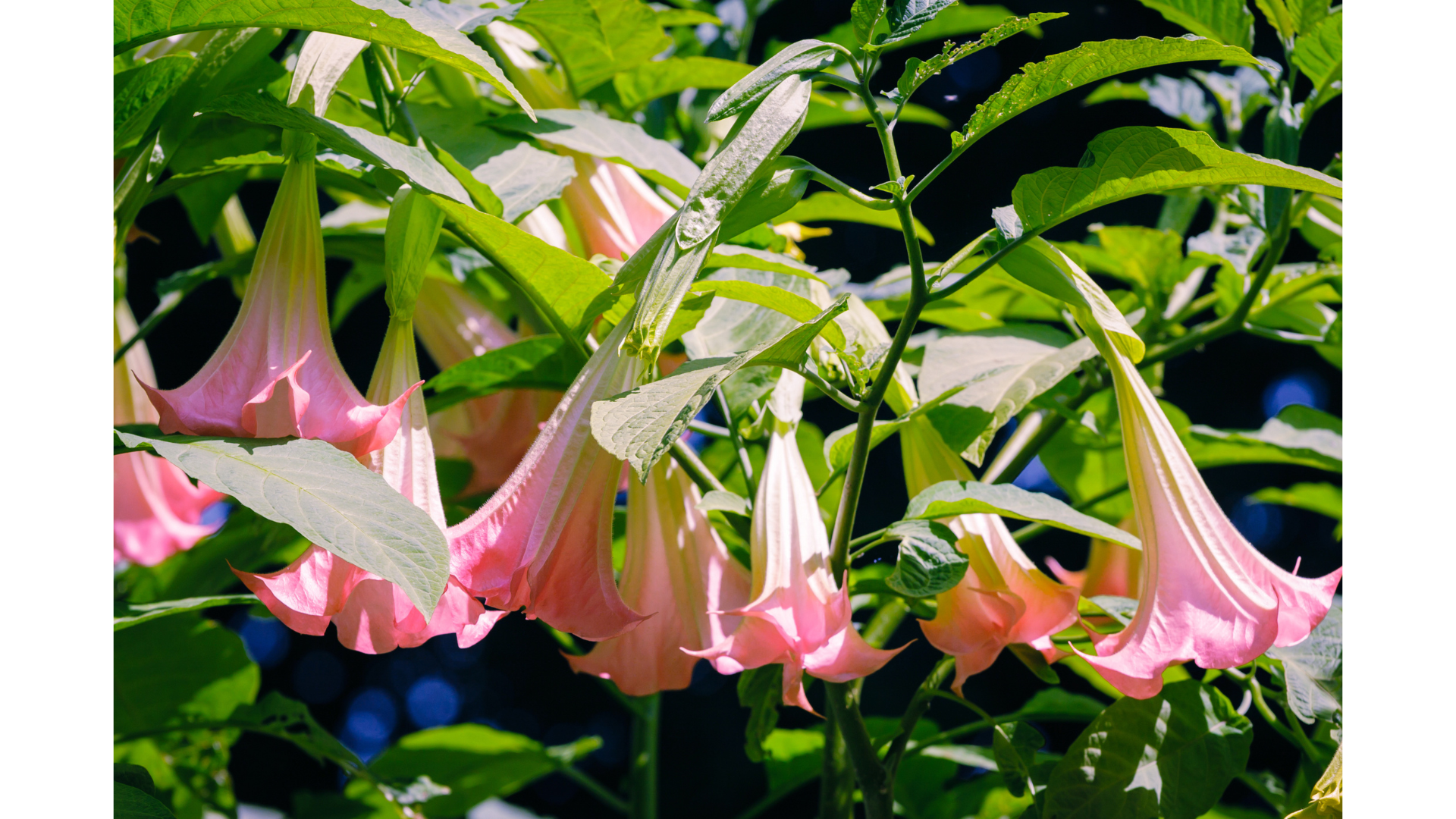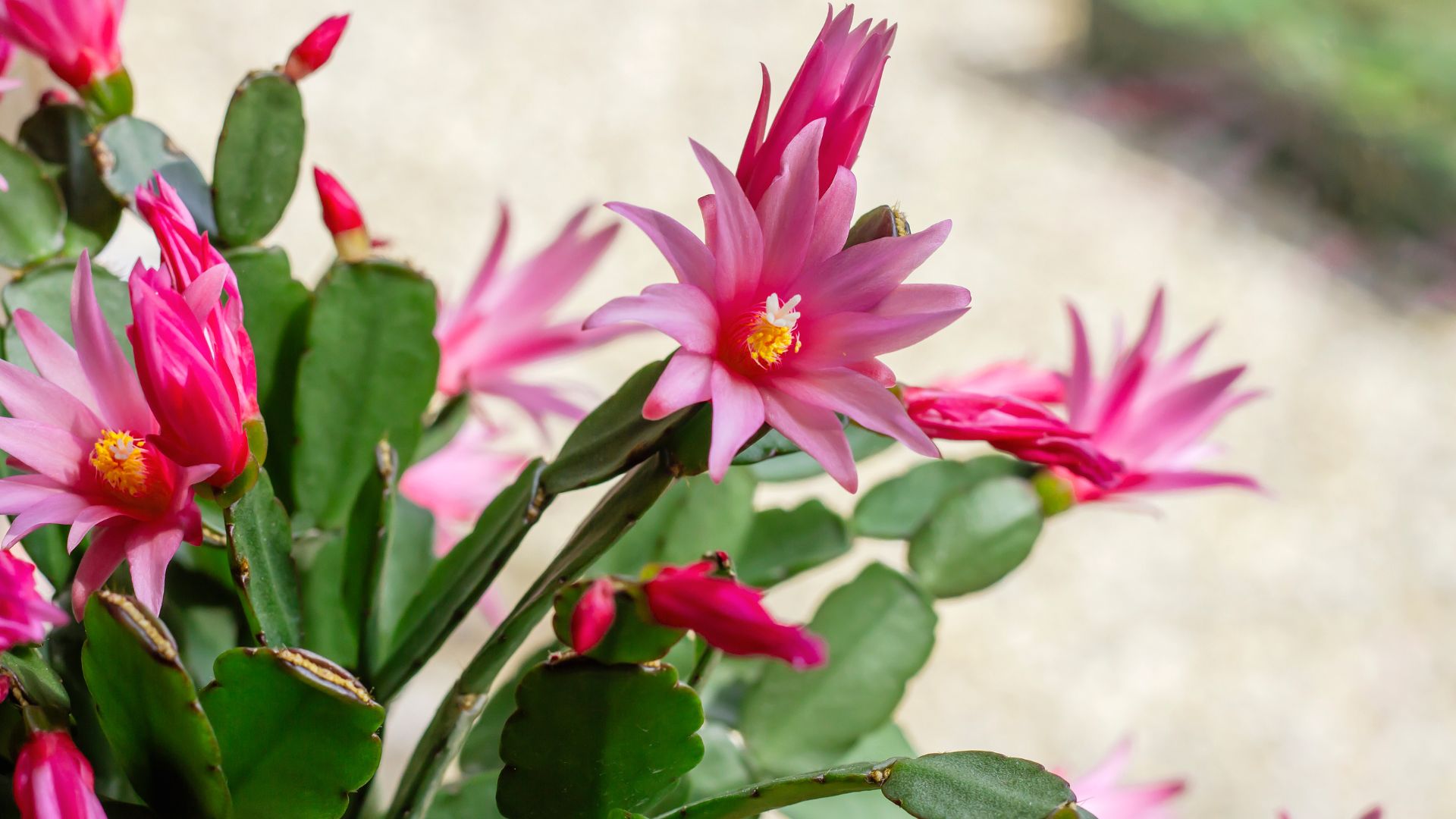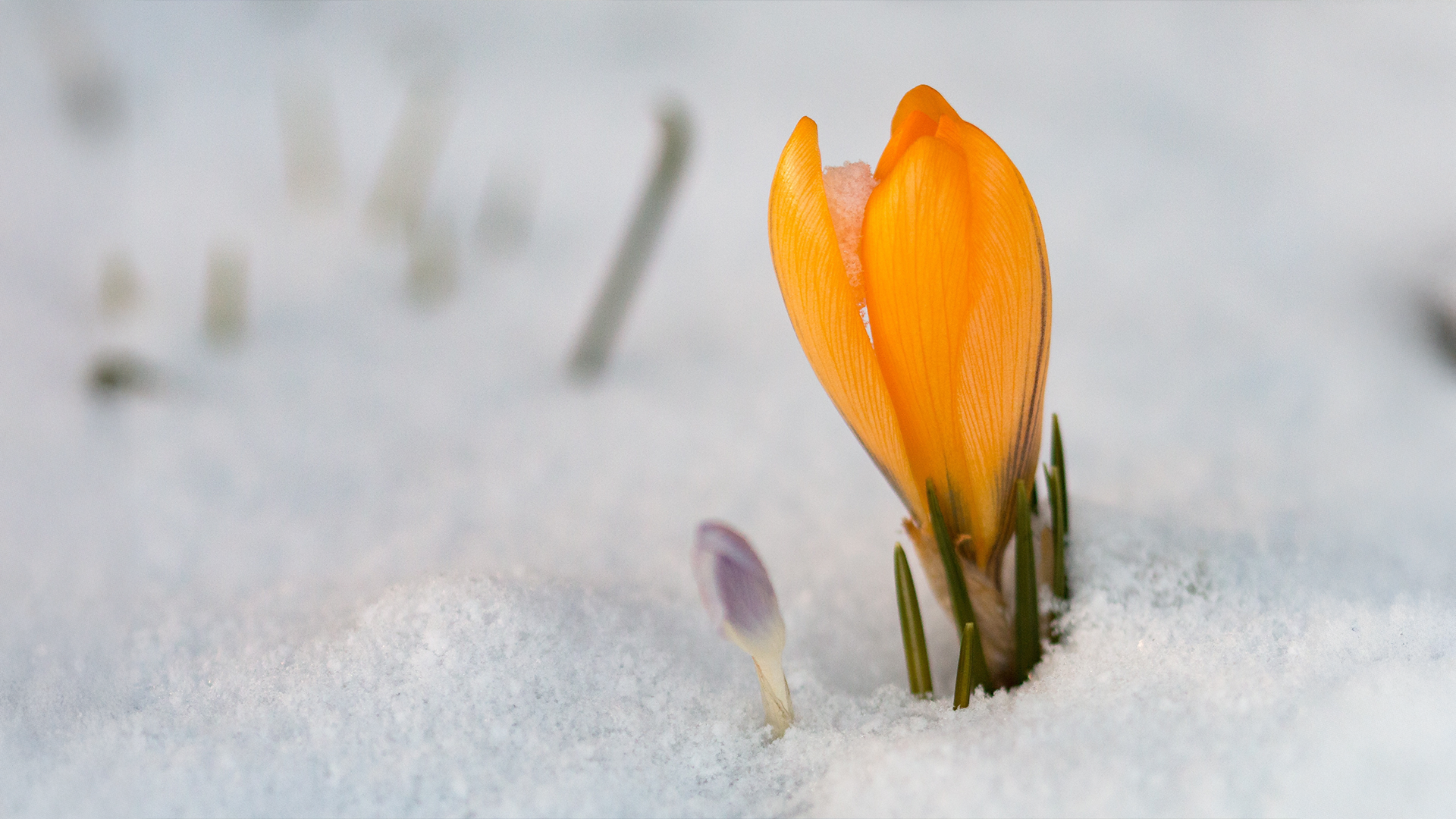Share

Caring for Evergreens in Winter: Preventing Winter Burn
What is Winter Burn?
Winter burn is a common condition that affects evergreen plants during the winter months. It occurs when the foliage loses water faster than the roots can replace it, leading to dehydration and damage. This can result in the leaves or needles turning brown, yellow, or reddish, particularly on the side of the plant exposed to wind and sun.
Causes of Winter Burn
- Dehydration: During winter, the ground often freezes, making it difficult for the roots to absorb water. However, the foliage can still lose moisture, especially on sunny or windy days. Without enough water, the plant tissues dry out and become damaged.
- Cold, Dry Winds: Strong, cold winds can pull moisture from the leaves or needles, exacerbating the effects of winter burn.
- Sun Exposure: On bright winter days, the sun can warm the leaves or needles, causing them to lose moisture. When temperatures drop again at night, this sudden shift can damage the plant cells.
- Rapid Temperature Fluctuations: Freeze-thaw cycles can cause stress on evergreens, especially if they are exposed to both high daytime sun and cold nights.
Symptoms of Winter Burn
- Browning or Yellowing: Leaves or needles may turn brown, starting at the tips and progressing inward.
- Desiccation: The foliage looks dry, brittle, or scorched.
- Affected Areas: Often more pronounced on the south, southwest, or wind-exposed sides of the plant.
- Complete Browning: Severe winter burn can cause entire branches or even the whole plant to turn brown and die.
How to Prevent Winter Burn in Evergreens
- Deep Watering in Late Fall
- Water Thoroughly: Give your evergreens a deep watering before the ground freezes to ensure they have adequate moisture going into winter. This helps prevent dehydration during cold months.
- Focus on the Roots: Water the base of the plant, not the foliage, to encourage deeper root absorption.
- Mulch Around the Base
- Add 2-4 Inches of Mulch: Use organic mulch (like pine needles, wood chips, or shredded bark) around the base of the plant to help insulate the roots and retain moisture.
- Avoid Mulch Contact with the Trunk: Keep the mulch a few inches away from the trunk to prevent rot and pests.
- Create Windbreaks
- Install Barriers: For plants that are in exposed, windy areas, consider installing windbreaks made of burlap, fencing, or other materials. Position them on the windward side to block harsh, drying winds.
- Burlap Wraps: Smaller evergreens or young plants can be loosely wrapped in burlap to shield them from wind and sun exposure while allowing air circulation.
- Apply Anti-Desiccant Sprays
- Anti-Desiccant Products: These sprays create a thin, waxy layer on the foliage that helps to reduce water loss. Products like Wilt-Pruf or Wilt Stop can be effective for protecting against winter burn.
- When to Apply: Apply on a dry day in late fall when temperatures are above freezing. Reapply as needed, especially after prolonged rain or thaw periods.
- Choose Cold-Hardy Plants and Smart Planting Locations
- Select Hardy Varieties: Choose evergreens that are well-suited to your climate zone. Varieties like Colorado Blue Spruce, White Pine, and Arborvitae are known for better tolerance to cold and wind.
- Location: Plant evergreens in sheltered locations, such as near fences, buildings, or other structures that can provide natural wind protection.
- Avoid Late-Season Pruning and Fertilizing
- No Late Pruning: Pruning encourages new growth, which can be susceptible to cold damage. It’s best to prune evergreens in early spring after the risk of frost has passed.
- Hold Off on Fertilizing: Fertilizing late in the season can also promote tender new growth that won’t harden off before winter. Fertilize in early spring instead.
- Water on Warm Winter Days (If Needed)
- Check for Moisture: During dry, warm spells in winter, the ground might temporarily thaw. If the soil is dry, water the plants to help keep them hydrated. Avoid overwatering, as excessive moisture can lead to root rot.
Summary
Winter burn is caused by a combination of drying winds, sun exposure, and frozen soil, leading to moisture loss in evergreen foliage. To prevent it, make sure your plants are well-watered before winter, use mulch for root insulation, and consider using windbreaks or anti-desiccant sprays. Choosing the right plants and planting them in protected areas will also help reduce the risk of winter burn. Regular care and preventative measures can keep your evergreens healthy and vibrant through the winter months.
Share

With its dramatic, trumpet-shaped flowers and intoxicating fragrance, Angel's Trumpet (Brugmansia) can transform any garden. However, it's important to approach this beautiful plant with care.

Rhipsalidopsis gaertneri, commonly known as Easter Cactus or Spring Cactus, is a stunning succulent that blooms in spring, adding a burst of color to indoor gardens.

Qui-Key is a simple, yet powerful irrigation tool that makes turning your irrigation system on or off a breeze. It’s especially useful when your valve tube is filled with debris or water.

Sometimes a sudden warm spell can trick your spring bulbs into emerging too early. Here's how to protect your bulbs and ensure they thrive once the true spring weather arrives.
